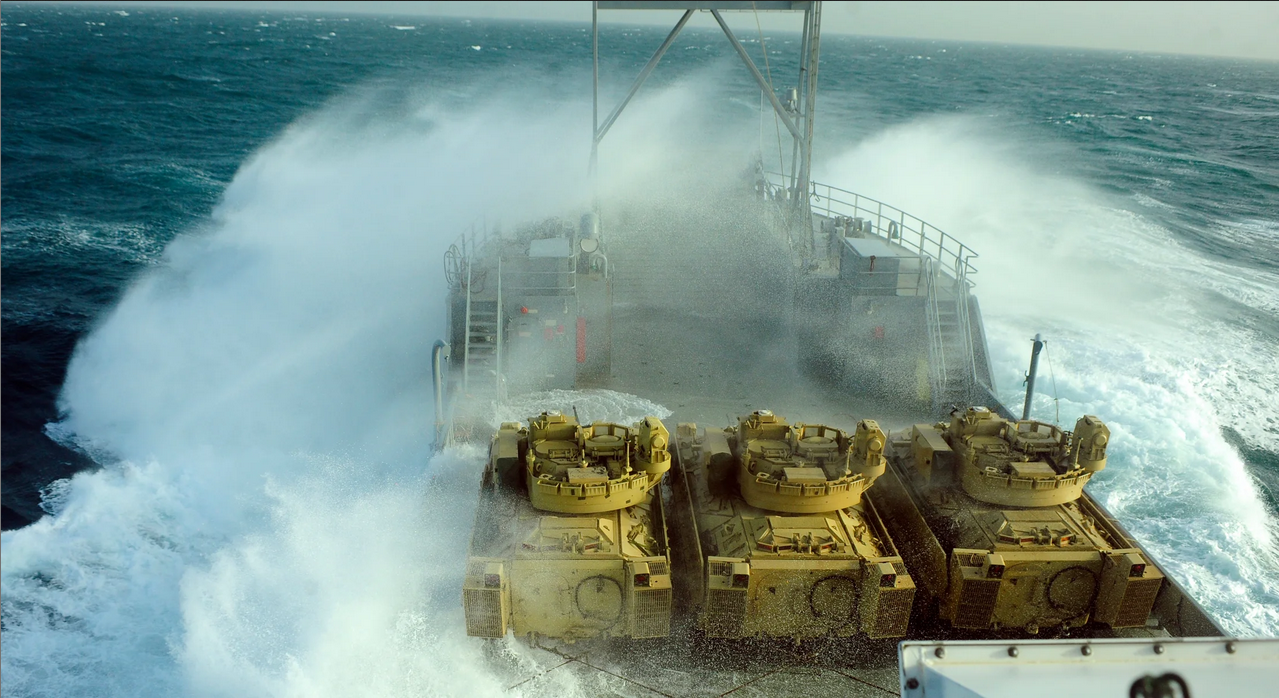AUSA Paper Dives into Challenges of Contested Logistics
AUSA Paper Dives into Challenges of Contested Logistics

Protection, deception and masking are key investments the Army must make as it works to ensure it can get to the fight—and stay in the fight—on a complex modern battlefield, according to the author of a new Association of the U.S. Army paper.
In “Contested Logistics: A Primer,” Lt. Col. Amos Fox writes that contested logistics are not a “new wrinkle of modern warfare.” Instead, it’s an issue that planners, strategists and industry have wrestled with “throughout the depth and breadth of armed conflict.”
“The only significant difference today from the time in which German U-boats prowled the Atlantic Ocean, for instance, are the technologies available to detect the movements of logistics, and correspondingly, the technology available to strike a state’s logistics network from extended range,” Fox writes.
For the Army, whose operations are “almost always expeditious,” the service should look to build a force structure that allows for intra-theater transport across not only land but also air and water, writes Fox, a doctoral candidate at the University of Reading and a freelance writer and conflict scholar writing for AUSA.
“The U.S. military—to include the Army—is expeditionary,” Fox writes. “Therefore, it inherently possesses long supply pipelines. These pipelines—from manufacturing sites to tactical units on the front line of combat—are critical vulnerabilities in a contested environment.”
Smart adversaries will make use of global sensor networks to pinpoint logistics manufacturing locations, nodal shipping positions and key routes between those nodes and theater-specific embarkation locations, Fox writes. “Moreover, adversaries possessing the capabilities and intentions might well attack anywhere, or perhaps even everywhere, along that long logistics pipeline,” he writes. “Thus, Army forces, as well as policymakers, other military practitioners and scholars must continue to experiment with ideas, as well as notional forces and potential materials, to reduce the critical vulnerabilities that exist within the logistics pipeline.”
Read the paper here.
To further explore contested logistics and how the Army is building its capabilities, AUSA is hosting a Hot Topic on the issue. The Feb. 7 event is scheduled to feature speakers such as Lt. Gen. Heidi Hoyle, deputy Army chief of staff for logistics, G-4; Maj. Gen. Michelle Donahue, commanding general of the Army Combined Arms Support Command; and Robert Watts, deputy director of the Army Futures Command’s Contested Logistics Cross-Functional Team.
The theme for the one-day Hot Topic is “Contested Logistics in Large-Scale Combat Operations.”
For more information or to register for the livestream, click here.

